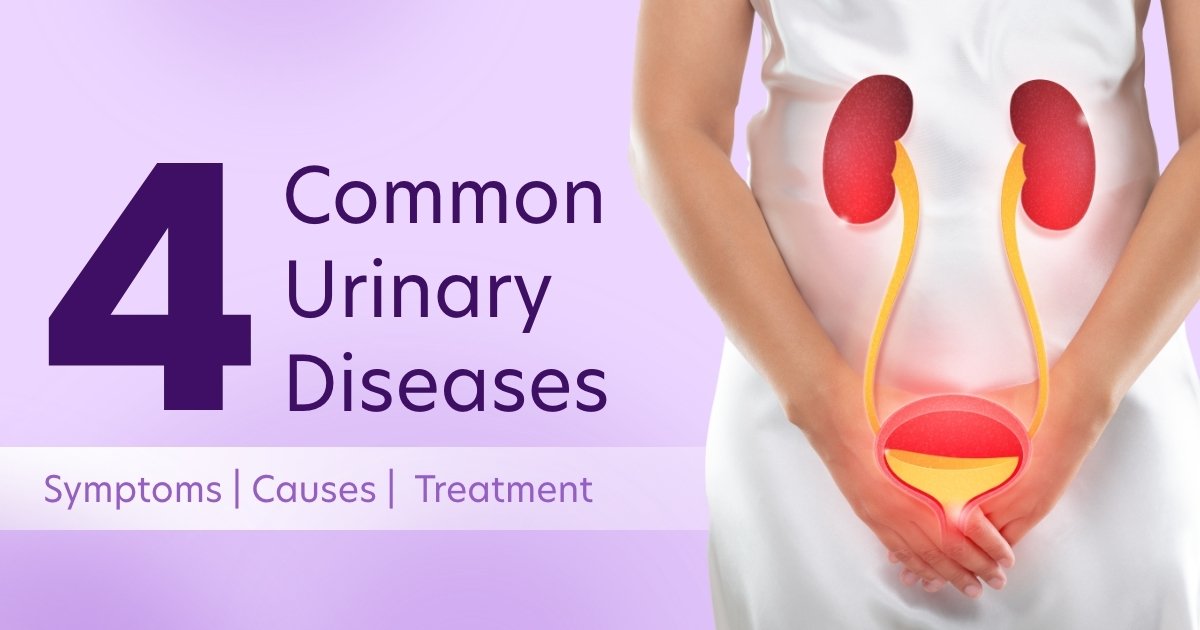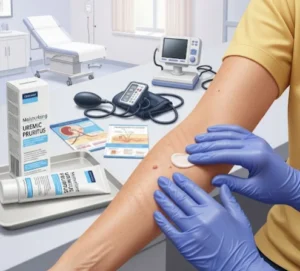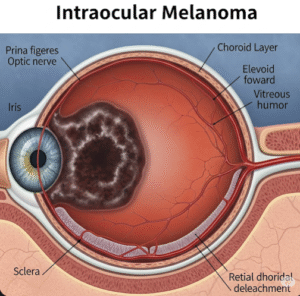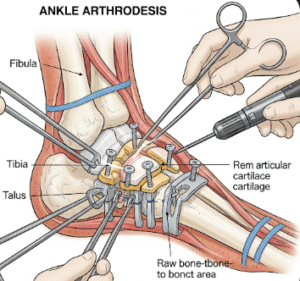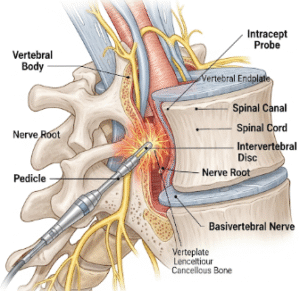Overview
Urine Changes refer to noticeable alterations in the color, odor, frequency, volume, or clarity of urine. These changes can be harmless and temporary or signal underlying medical conditions. Monitoring urine characteristics can provide valuable insights into hydration status, infections, kidney function, liver health, or metabolic disorders. Persistent or unexplained changes should be evaluated by a healthcare provider.
What is Urine Changes
Urine Changes describe any noticeable variation in the normal appearance, smell, output, or frequency of urination. Normal urine is typically pale yellow, clear, and free of strong odors. Deviations—such as dark color, blood presence, foul smell, cloudiness, or foamy texture—can arise from diet, medications, dehydration, or disease. Some changes are benign, while others indicate serious conditions such as infections, liver disease, or kidney problems.
Symptoms
Urine changes may manifest as:
- Color variations: dark yellow, red, brown, orange, or greenish urine
- Cloudy or murky appearance
- Foul, sweet, or ammonia-like odor
- Presence of foam or bubbles
- Visible blood in the urine (hematuria)
- Increased or decreased urine output
- Increased frequency or urgency of urination
- Burning or pain with urination
Causes
Urine changes can result from a wide variety of causes, ranging from harmless to serious:
Benign causes:
- Dehydration
- Certain foods (e.g., beets, asparagus, carrots)
- Vitamins and supplements
- Medications (e.g., antibiotics, diuretics, chemotherapy drugs)
Medical causes:
- Urinary tract infections (UTIs)
- Kidney stones
- Glomerulonephritis
- Liver or gallbladder disease (e.g., dark urine from bilirubin)
- Diabetes mellitus (sweet-smelling urine)
- Hematuria from trauma or tumors
- Bladder or kidney cancer
- Metabolic disorders (e.g., maple syrup urine disease)
Risk Factors
- Poor hydration habits
- High-protein or unusual diets
- Use of certain medications
- Recurrent UTIs or kidney disease
- Chronic conditions (e.g., diabetes, hypertension)
- Exposure to toxins or heavy metals
- Family history of kidney or liver disease
- Smoking (linked to urinary tract malignancies)
Complications
If urine changes are due to an underlying condition and left untreated, they can lead to:
- Kidney damage or failure
- Bladder infections
- Urinary tract obstruction
- Dehydration or electrolyte imbalances
- Progression of liver disease
- Delayed diagnosis of cancer or metabolic disorders
Prevention
Some urine changes can be prevented by:
- Maintaining good hydration (at least 2–3 liters of water per day)
- Avoiding excessive intake of caffeine and alcohol
- Eating a balanced diet rich in fruits and vegetables
- Managing chronic conditions like diabetes and hypertension
- Practicing good urinary hygiene
- Regular medical check-ups, especially if you have risk factors
- Monitoring medication side effects
Treatment Options in Korea
In South Korea, a wide range of diagnostic and treatment options are available to evaluate and address abnormal urine changes:
- Comprehensive diagnostic testing:
- Urinalysis and urine culture
- Kidney and bladder ultrasound
- Blood tests for kidney and liver function
- Cystoscopy for direct bladder examination
- Imaging (CT/MRI) to detect structural problems or tumors
- Treatment approaches:
- Hydration therapy for mild dehydration
- Antibiotics for urinary tract infections
- Stone removal procedures if caused by kidney or bladder stones
- Blood sugar control for diabetic-related changes
- Surgical intervention for malignancies or obstructions
Korean hospitals provide high-quality, patient-specific care, often using non-invasive and minimally invasive techniques to determine the root cause of urine changes and manage them effectively.

